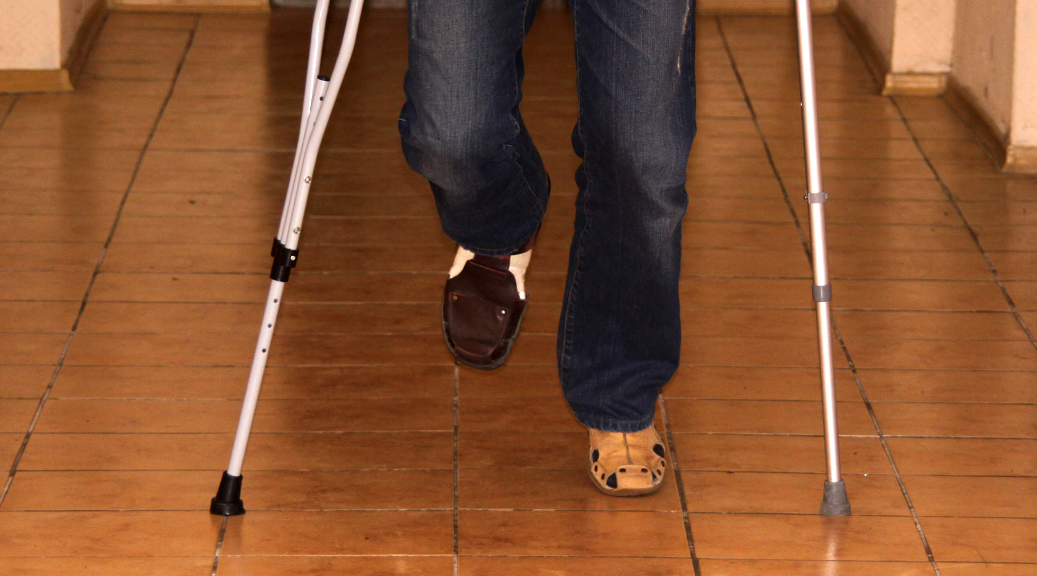
Paul Yip & Nancy Chau
The city has a compensation-focused approach to workplace injuries, and employees would be better served by rehabilitation and a timely return to work
Each year in Hong Kong, there are about 55,000 cases of workplace accidents or work-related diseases, resulting in some 200 deaths. In a working population of about 3.9 million, this means a fatality rate of 5.2 deaths per 10,000 workers, which is higher than that observed in Singapore (2.1) or Australia (1.7).
Any injuries affect not only the workers, of course, but also their families. Society suffers, too, in terms of productivity loss and higher costs in compensation and insurance.
The international best practice for managing workplace injuries is early and comprehensive intervention to facilitate workers’ rehabilitation. This is known as the “return to work” model. In our study of Hong Kong practices, however, we found that compensation generally takes priority over rehabilitation.
Our legislation for injury management has been stagnant since 1953, and is largely focused on compensation. There is poor awareness of the “return to work” concept. While individual stakeholders have made some effort to promote rehabilitation, such efforts are nearly always made in isolation and largely fail. This creates opportunities for others to step in: some lawyers, for example, take advantage of the vulnerability of injured workers to encourage litigation, which imposes high costs on society and does not necessarily bring financial gain to the workers.
Our research shows that most injured workers want to return to work, but are let down by poor support. For example, the public health care system gives little priority to the rehabilitation of injured workers, which results in workers missing their “golden period” of treatment, usually three to six months after an injury. Some workers interviewed reported waiting for up to two years to see an orthopaedic specialist for non-urgent cases.
Often, after receiving their preliminary diagnoses, workers are left to deal with substantial pain through passive treatment approaches like taking rests and physiotherapy.
Companies, too, are slow to accommodate recovering workers, such as by offering modified duties. Moreover, workers sometimes have to deal with prejudice and rejection by co-workers.
In the face of these challenges, Hong Kong does offer some good models to get workers back to work. The Multidisciplinary Orthopaedics Rehabilitation Empowerment programme, led by the Department of Orthopaedics and Traumatology of Chinese University, is one such model. Government support holds the key to promoting such programmes.
An effective system of injury management is critical in preventing the development of disability, but a system of safe practices at work is the most effective way to minimise injury. Despite tireless efforts by the government and community organisations in this respect, our research shows that there is still poor awareness of workplace safety among employers and employees.
The penalty for negligence in the workplace is also too small to compel employers to invest in improving safety measures for their workers. In one case, a company was fined only HK$77,000 by the court for being responsible for a fatal workplace accident.
Safety rights and responsibilities are also poorly exercised among migrant workers, self-employed persons and sub-contractors, whose resources and knowledge of safety practices tend to be insufficient.
Hong Kong must do more for the health of its workers. The priority is in establishing a culture of safety to prevent injuries from happening in the first place. While education and training on safety measures are important, stringent inspection and timely reports and correction of risks are also effective. There should be sticks and carrots for employers to exercise their responsibility for providing a safe work environment.
Hong Kong’s efficiency and productivity should not be achieved at the expense of workers’ safety. At the same time, workers themselves should take safety seriously by strict compliance with safety procedures.
Accidents cannot be eliminated. When accidents do happen, the system should not only provide financial protection for workers in forms of compensation, but also facilitate their re-integration into work. Returning to work in a safe and timely manner should be the primary goal of recovery after injury. A government policy promoting both rehabilitation and compensation should be in place to guide legislation and organisational practices.
Improving cohesiveness in the delivery of health care services is also essential in reducing delays in assessment and treatment. At the same time, employers’ willingness to support workers in recovery – and empathy from workmates – are important elements.
An injury research centre should be set up to monitor worker injuries, and identify high-risk groups and types of work. The centre should also conduct evidence-based injury prevention programmes targeted at the individual and environmental levels. We need timely and relevant evidence in strengthening efforts for prevention and management of injuries.
Workplace injury is an issue for our whole society. Without proper prevention and management, there could be serious consequences for injured workers and our city. We appeal for a responsible and reconciliatory approach to improve the current system.
By aligning prevention, compensation and rehabilitation through continuous improvement and engagement, while learning from experiences overseas, Hong Kong will continue to prosper with a safe working environment.
Paul Yip is a professor of social work and social administration, and Nancy Chau is a researcher at the Centre for Suicide Research and Prevention, at the University of Hong Kong
This article was published on SCMP on Wednesday, 30 December, 2015. Please click here to find out more.
